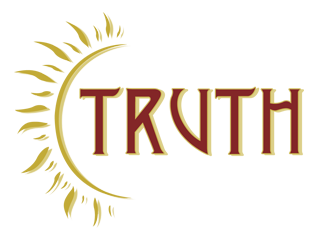The ever-evolving tax landscape continues to impact high earners, especially those in states like California, New York, and New Jersey. While tax reform has brought some relief, many still face rising tax bills. This makes tax planning more critical than ever for individuals seeking to preserve their wealth. One lesser-known, but powerful, strategy for high-income earners is the “High-Income Roth” — a tax-efficient method for generating tax-free retirement income, using cash value life insurance.
What Is the High-Income Roth?
Many people are familiar with Roth IRAs, which offer tax-free income in retirement. However, Roth IRAs come with strict income limits, preventing high earners from contributing. This is where the High-Income Roth, based on cash value life insurance, steps in. This strategy leverages permanent life insurance to offer the same benefits as a Roth IRA — tax-free growth and tax-free withdrawals — without the income restrictions.
While this option has historically been associated with the ultra-wealthy, it’s not exclusive to them. If you’re already maxing out your 401(k) or traditional IRAs, adding a cash value life insurance policy into your financial strategy could unlock additional tax-free income in retirement.
Who Should Consider the High-Income Roth?
If you’re thinking, “I don’t need life insurance,” or you’ve heard advice to “buy term and invest the difference,” you’re not alone. However, few people actually follow through on that strategy. Cash value life insurance is more than just a death benefit — it’s a financial tool that can help high-income individuals save significantly on taxes and build wealth for the future.

Here’s why the High-Income Roth might be right for you:
- High Earners: If your income disqualifies you from contributing to a Roth IRA, this strategy provides a way to secure tax-free retirement income.
- Maxing Out Traditional Accounts: For those who are already contributing the maximum to 401(k)s and IRAs, this strategy allows you to put additional savings to work.
- Tax-Free Growth: Assets in a cash value life insurance policy grow tax-free, similar to a Roth IRA.
- Tax-Free Withdrawals: You can withdraw from the policy tax-free, providing flexibility and reducing your tax burden in retirement.
- The Benefits for Women
Interestingly, this strategy can be even more beneficial for women, who statistically live longer than men. The longer life expectancy means more time for the assets in the policy to grow, tax-free, making this an attractive option for women looking to secure a comfortable retirement.
Is the High-Income Roth Right for You?
The High-Income Roth isn’t for everyone. If you’re still working toward financial stability or have other pressing financial priorities, a simpler strategy like maxing out a traditional Roth IRA or 401(k) might be more appropriate. However, if you’re a high earner who has already maxed out traditional retirement accounts, this strategy could provide significant tax savings and help you maintain your lifestyle in retirement.
Pros and Cons
Like any financial strategy, the High-Income Roth has its advantages and disadvantages:
Pros:
- Tax-free growth and withdrawals
- No income limits
- Ideal for high earners who have maxed out traditional retirement accounts
Cons:
- Can be complex and expensive to set up
Not ideal for those with lower incomes or who need immediate liquidity - The High-Income Roth can be a powerful tool for tax-free income in retirement, particularly for high earners who’ve outgrown traditional savings vehicles like Roth IRAs. However, it’s essential to weigh the pros and cons and consult with a financial advisor to determine if this strategy fits your overall retirement plan.
If you’re serious about minimizing taxes and maximizing your retirement income, the High-Income Roth could be the game-changing strategy you need.


